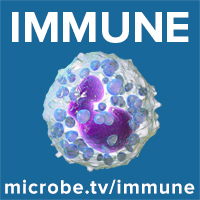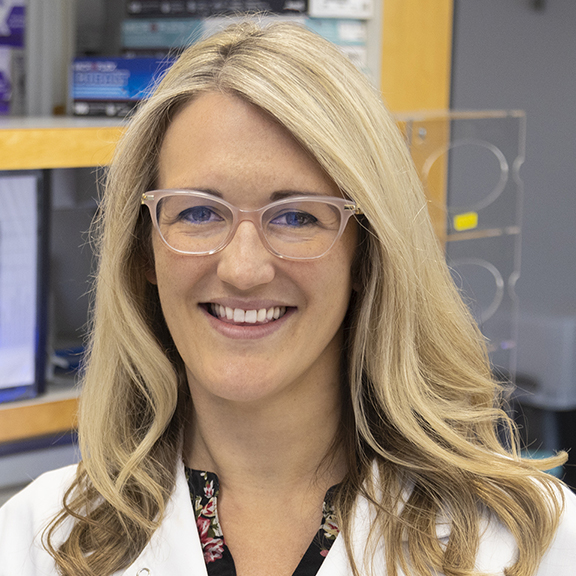From the American Association of Immunologists 2024 conference in Chicago, Cindy and Brianne meet up with Tonya Webb to talk about her career, the role of NKT cells in cancer, and her efforts to ensure diversity, equity, and inclusion in research
From the American Association of Immunologists 2024 conference in Chicago, Cindy and Brianne meet up with Michal Tal to talk about her career, sex differences in immune responses, and how one giant mouse uterus changed the trajectory of her research career.
From the American Association of Immunologists 2024 conference in Chicago, Cindy and Brianne where meet up with Luis Montaner to talk about his career and his research on boosting the immune system to combat viral diseases or cancer progression.
Immune travels to Chicago for the American Association of Immunologists conference where they meet up with Joseph Larkin III to talk about his career and his research on the contribution of T lymphocyte subsets and functions in maintaining tolerance.
Immune presents three stories: intranasal neomycin and antiviral immunity, sexual dimorphism in skin immunity, and maternal diet changes infant microbes that alter gut DC responses and respiratory health.
Immune explains how antibody-mediated depletion of myeloid-hematopoietic stem cells in aged mice restores characteristic features of a more youthful immune system, including increasing common lymphocyte progenitors, naive T cells and B cells, while decreasing age-related markers of immune decline.
Immune discusses responses in a COVID hypervaccinated individual, synthetically glycosylated antigens for the antigen-specific suppression of established immune responses, gut bacteria–derived serotonin promotes immune tolerance in early life, and mucosal and systemic immune correlates of viral control after SARS-CoV-2 infection challenge.
Immune reviews research showing that the migration of neutrophils between endothelial cells activates bactericidal function via mechanosensing.
Juliet Morrison joins Immune to discuss her career and the research of her laboratory showing that pleural macrophages translocate to the lung during infection to promote improved influenza outcomes.
Ang Cui joins Immune to discuss her career and her work on establishing the Immune Dictionary, a compendium of single-cell transcriptomic profiles of more than 17 immune cell types in response to each of 86 cytokines (>1,400 cytokine-cell type combinations) in mouse lymph nodes in vivo.




